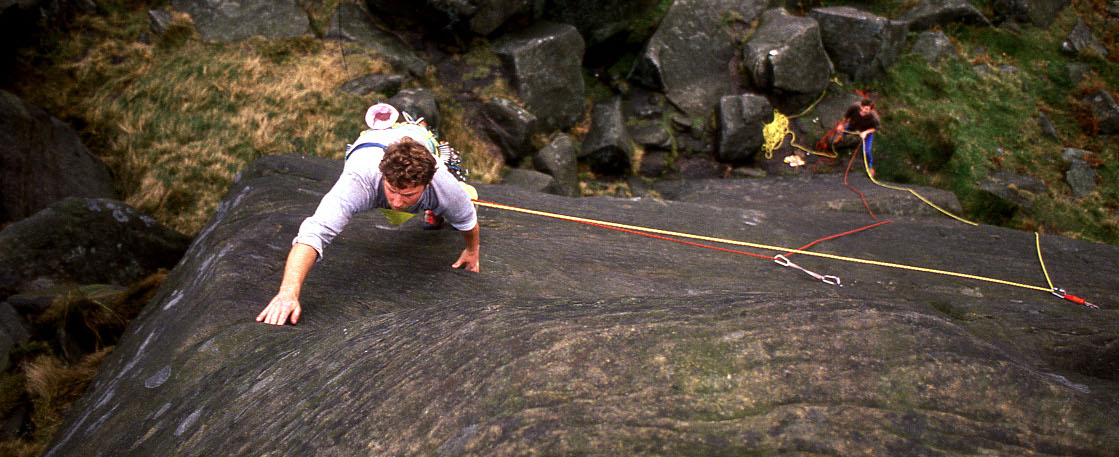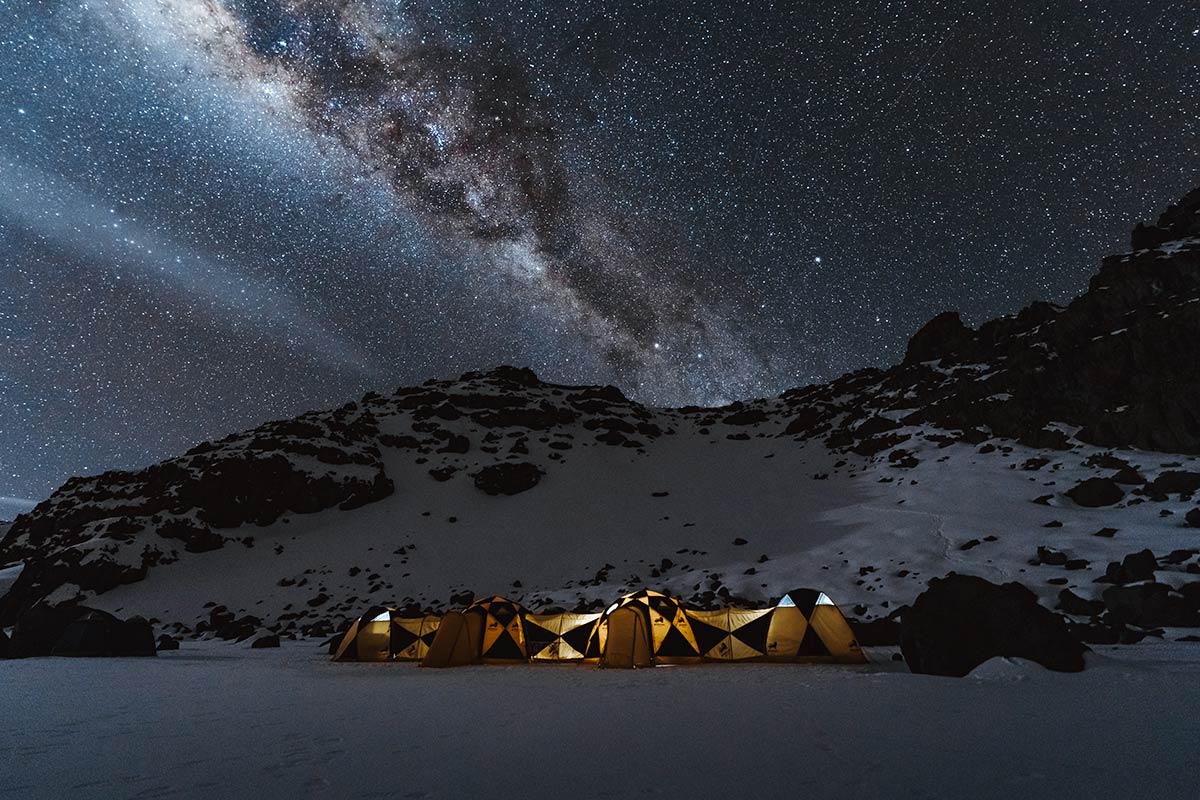Paper evaluates the history and appeal of different forms of rock climbing, and considers earlier attitudes to fixed gear (Photo: Doug Scott for UIAA)
Debate between bolting and trad-climbing addressed in paper
“Through this draft paper the UIAA has prepared, sport climbing and adventure climbing can find ways to coexist,” said management committee member Doug Scott who pioneered the debate. “We must know where we came from and where the future of climbing is going.”
Despite earlier attempts by the UIAA to offer guidance on fixed equipment and the conservation of natural rock, bolts continue to be placed in areas where many climbers wish they were not.
This document evaluates the history and appeal of different forms of rock climbing, and considers earlier attitudes to fixed gear.
It also considers how the case for adventure climbing can be re-stated more effectively and asks for guidance from the UIAA for Federations in developing countries on how to sustain the balance between sport and adventure climbing.
Finally, in the appendix, it offers the views of leading climbers and climbing thinkers on how progress can be made in reaching a more balanced approach to meeting the needs of adventure and sport climbers and the environment.
The paper focuses on three kinds of climbing:
- Adventure or traditional climbing: The common feature was and is that the “traditional” climbing team leaves no trace of their passage and is thus considered environmentally friendly.
- Sport Climbing: Refers to rock climbing characterised by permanently fixed, generally bomb-proof anchor points which are typically a bracket and bolt inserted into a drilled hole and usually glued into place
- Bouldering: Refers to a style of rock climbing usually less than five metres without rope and with just climbing shoes, a chalk bag and a mattress-like crash mat.
The initiatives being proposed to advance discussion include:
- Guidelines developed by the UIAA’s Training Standards Panel to help assist route setters both in traditional/adventure areas or where only sport climbing can exist
- The UIAA will actively look at ways to enable developing countries to obtain self-protection / traditional equipment direct from manufacturers and raise fund to lower such costs
- Encourage federation members to create separate committees to work on the issue
Adventure or traditional climbing, Sport climbing and Bouldering focus of UIAA working paper that addresses the question of bolting
The UIAA Traditional Values Working Group has also urged UIAA member federations to produce an inventory of their rock environments under the category “natural” or “bolted” to get a more accurate sense of the landscape.



